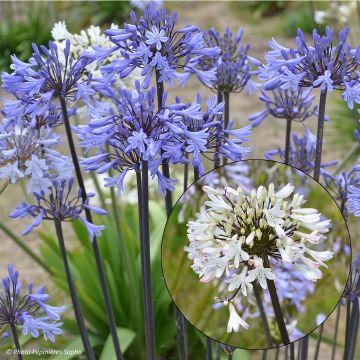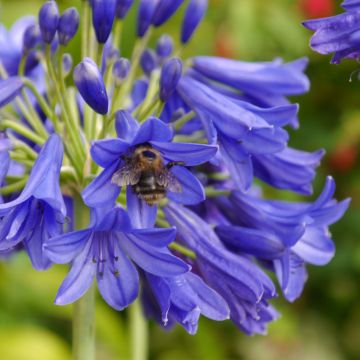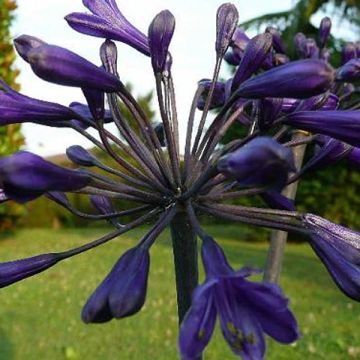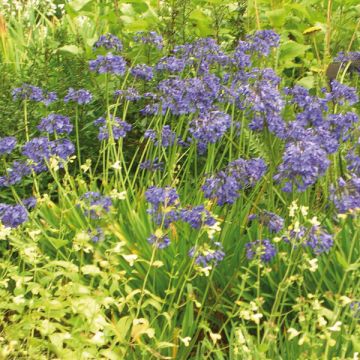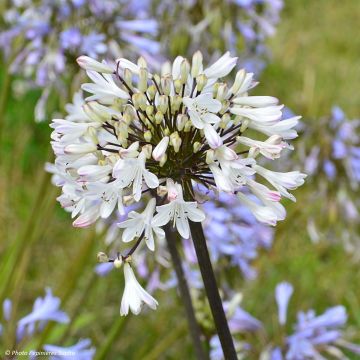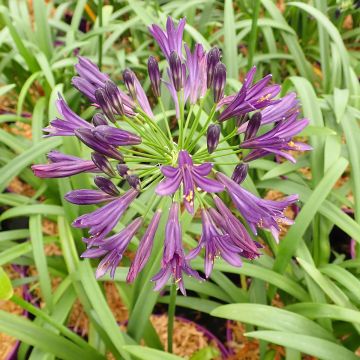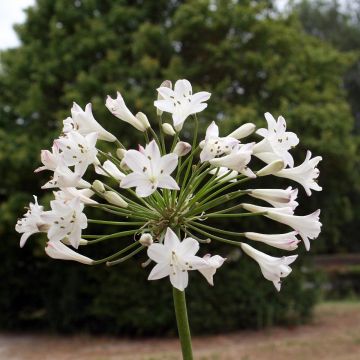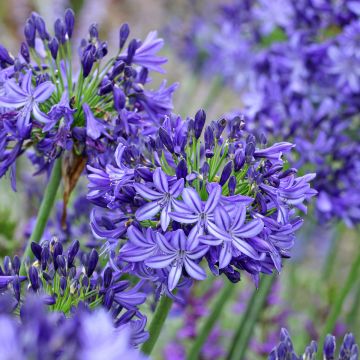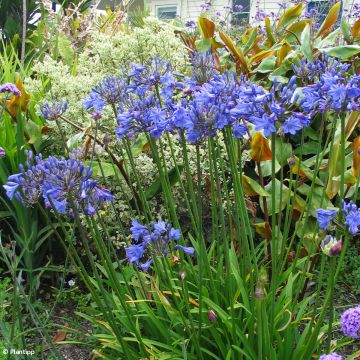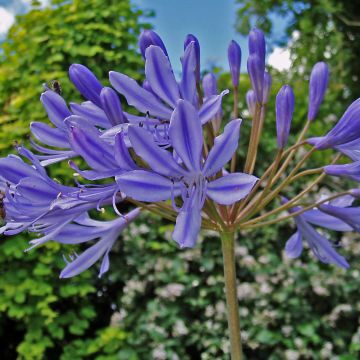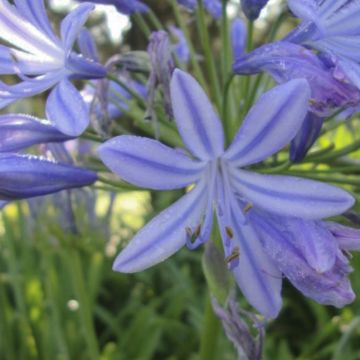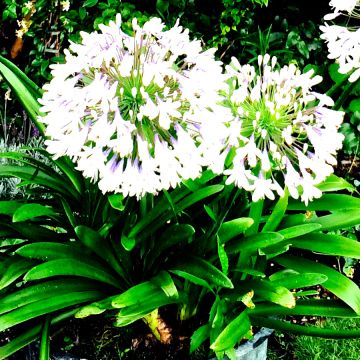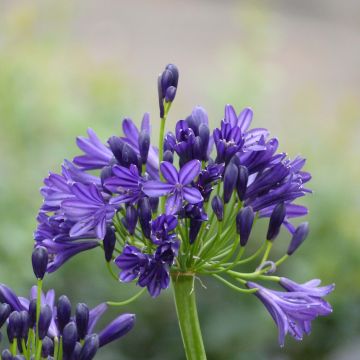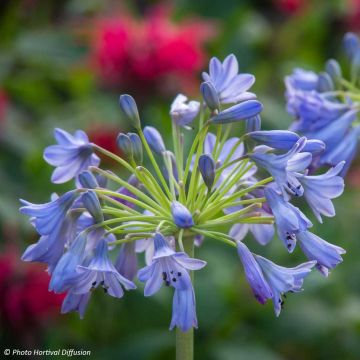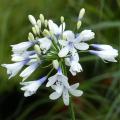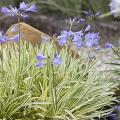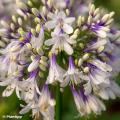Hardy Agapanthus
Does this plant fit my garden? Set up your Plantfit profile →
Available in 1 sizes
Available in 1 sizes
Available in 3 sizes
Available in 2 sizes
Available in 3 sizes
Available in 1 sizes
Available in 1 sizes
Available in 1 sizes
Available in 2 sizes
Available in 2 sizes
Available in 1 sizes
Available in 1 sizes
Available in 2 sizes
Available in 3 sizes
Available in 1 sizes
Available in 2 sizes
Available in 1 sizes
The Agapanthus can be hardy enough to be planted in the ground in many regions. They are generally deciduous, meaning that their foliage disappears in winter, like the Agapanthus campanulatus, whose stump can withstand a minimum of -15°C (5°F). Some hybrid varieties that have retained this hardy characteristic will also form beautiful and large, very flowery clumps in summer, even in the north of France. Just a reminder, Agapanthes are native to South Africa, and some grow spontaneously at high altitudes, in mountains where periods of dry cold are common. They are recognised by their apple green leaves, much finer and narrower than those of evergreen species, whose ample foliage is a darker green. Very resistant to cold, their stump fears winter humidity, especially in clayey and compact soils. To give them the best chance, reserve a very sunny, sheltered and warm location, where water does not stagnate, for example a slope or a mound, and plant them in spring (March or April) rather than autumn.
Haven't found what you were looking for?







































